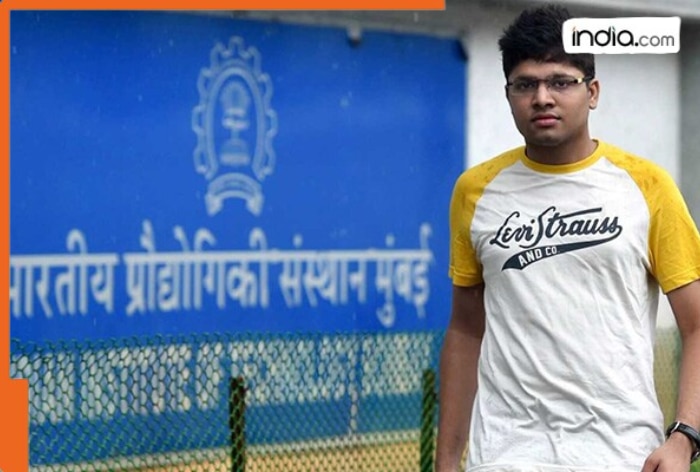“It wasn’t until I was living abroad that I realised many Indian dishes were just summarised into white curry, red curry, orange curry and green curry,” she says.
Kavatkar is a former paralegal who decided to become a full-time chef in 2019.
After starting with private events and pop-ups, Kavatkar’s first major event was a collaboration with Test Kitchen, in Hong Kong’s Sai Ying Pun neighbourhood, in 2021.
Indian food need not be greasy or heavy or difficult to digest. It is very flavourful and I want to present that
Following that, she did a residency at a pop-up restaurant space with Perrier Jouet, where her menu was paired with champagne.
“That’s my style,” she says. “Tasting menus featuring regional Indian cuisine with wine pairings. No curries, no tandoor.
“I want to introduce the culture and heritage of East Indian food to Hong Kong.”
Raised by a Catholic father and a Hindi mother, Kavatkar is from a unique ethno-religious Indian Christian community who identify as Bombay East Indians.
“Despite the name, it doesn’t refer to a particular geographical location in India, but rather pockets who are Catholics, whose ancestors were converted by the Portuguese,” she says.
Bombay East Indians, or simply East Indians as they were officially termed in the early 19th century to distinguish them from other Catholic communities in India, make up a sizeable community in Mumbai. They were among the first inhabitants of the islands that make up the city.
It makes me sad when somebody looks at me and asks, ‘Can you cook me a curry?’
The East Indians lived in hamlets known as gaothan. Agriculture, fishing and salt making were their primary occupations before the rapid urbanisation of the city transformed their way of life.
Despite the city’s expansion and modernisation, the East Indians have managed to preserve their heritage and traditions.
“The purpose of bringing my culture, heritage and East Indian food into Hong Kong is [to give] people a taste of my home. This is the food that I grew up eating and love,” Kavatkar says.
“I also want to let everyone taste Indian food beyond the curry and tandoor fare more commonly featured here in Hong Kong,” she adds.
One of the most distinctive aspects of East Indian culture is its food – a blend of Indian and Portuguese influences characterised by its use of coconut, rice and fresh seafood.
Bottle masala is a unique East Indian spice blend that consists of more than 20 ingredients. Every family has its own recipe for the spice mix, more often than not the result of generations of fine-tuning.

One of the signature dishes at Nine One is roasted bottle masala three yellow chicken, which is accompanied by arroz fugath, or wedding rice – basmati rice cooked with onions, dried fruit and nuts. The chicken has a hint of complexity from the spices rubbed into the skin, its flavour aromatic but not overpowering.
“In my chicken dish, you can actually taste the chicken, the butter and masala spice,” Kavatkar says. “Indian food need not be greasy or heavy or difficult to digest. It is very flavourful and I want to present that at Nine One.”
Kavatkar makes her own bottle masala spice blend. “Everyone is familiar with Madras curry powder or garam masala, while I use a blend of wet and fried spices. It’s kind of different and it’s really a taste of slow food made from scratch,” she says.
There is a traditional East Indian dish on Nine One’s menu called Not Curry, which defies expectations. It is an aromatic lamb stew, the meat slow-cooked in broth with vegetables and served with deep-fried dough balls.

“I’ve had a guest come in who told me this is exactly like a French stew from his hometown, where it’s served with a Béarnaise sauce. Many people thought I took inspiration from French cuisine, but actually it’s a traditional East Indian stew,” Kavatkar says.
An Indian restaurant that doesn’t serve curry certainly defies expectations, but it is not hard to imagine Nine One becoming popular with discerning Hong Kong diners looking for some next-level Indian fare.
Kavatkar hopes people will come to the restaurant with an open mind.
“We have a very rich heritage both in terms of people and food and culture and it makes me sad when somebody looks at me and asks, ‘Can you cook me a curry?’”







